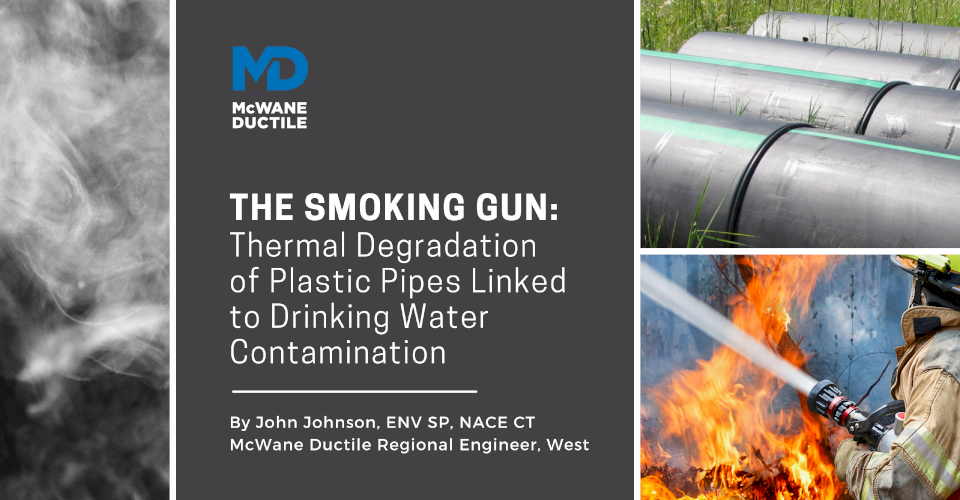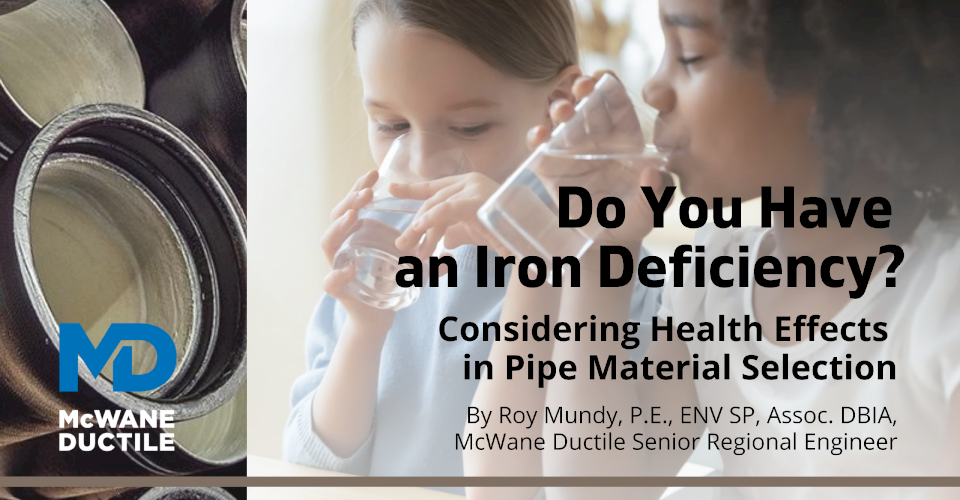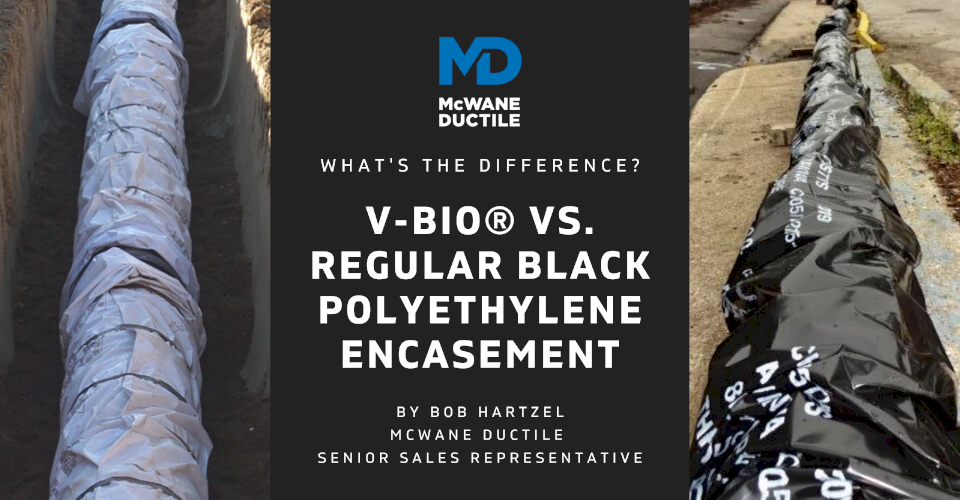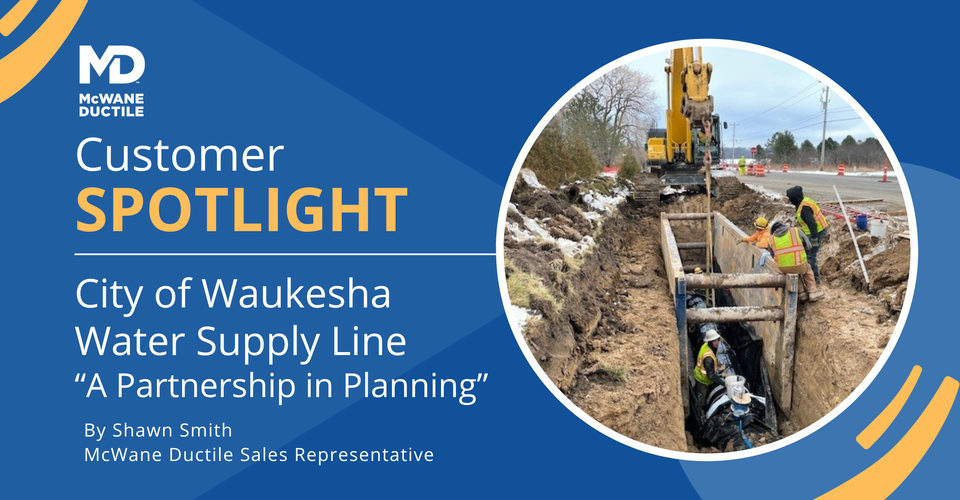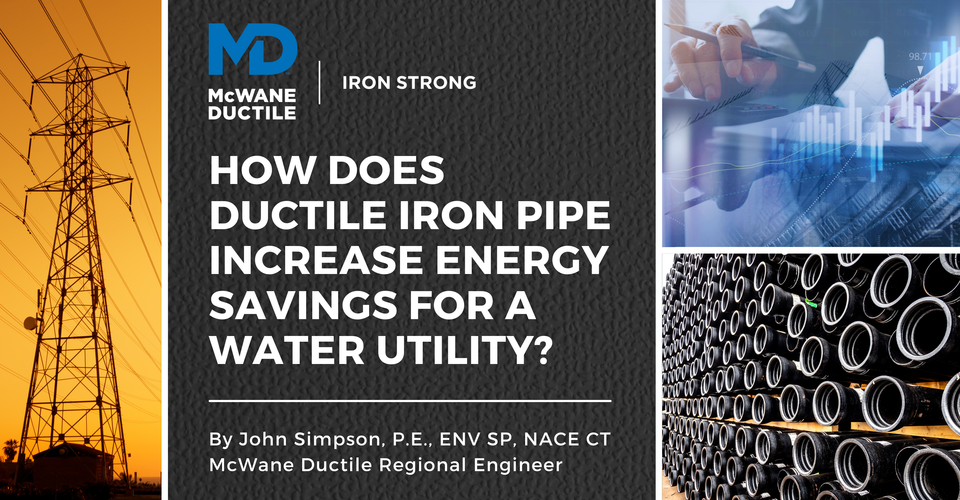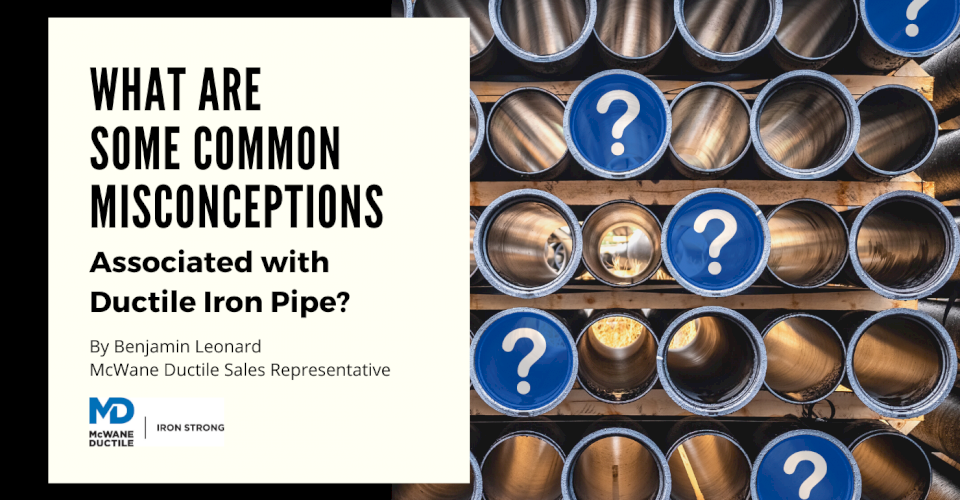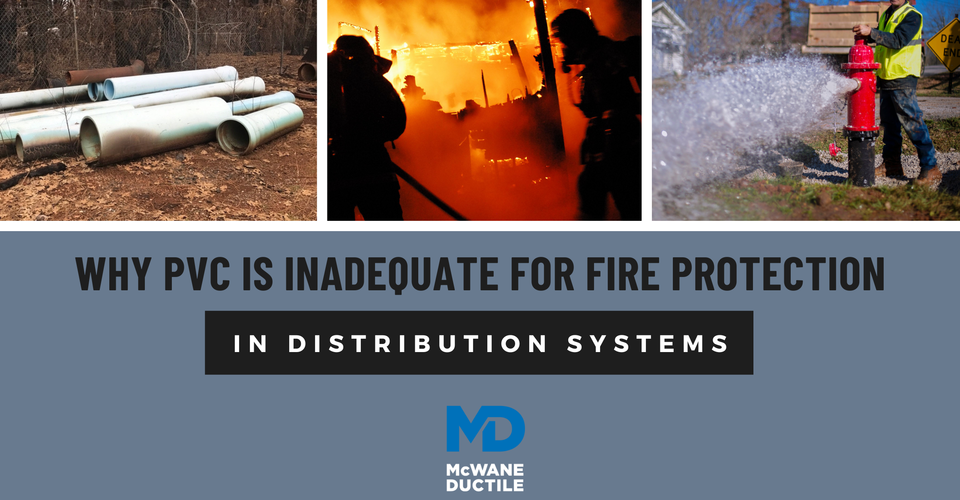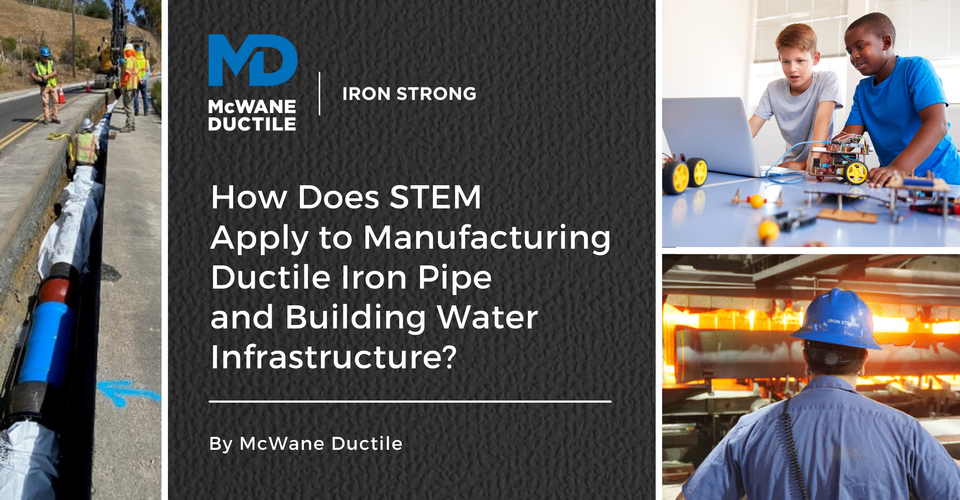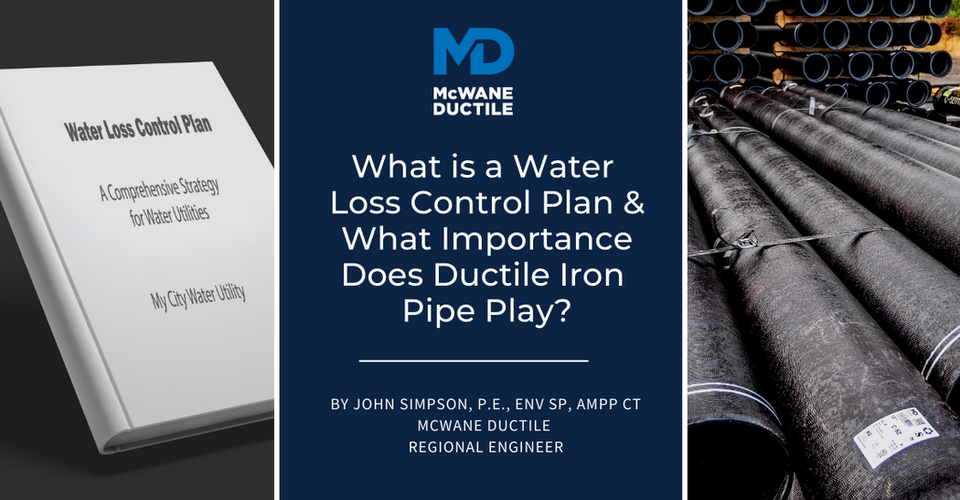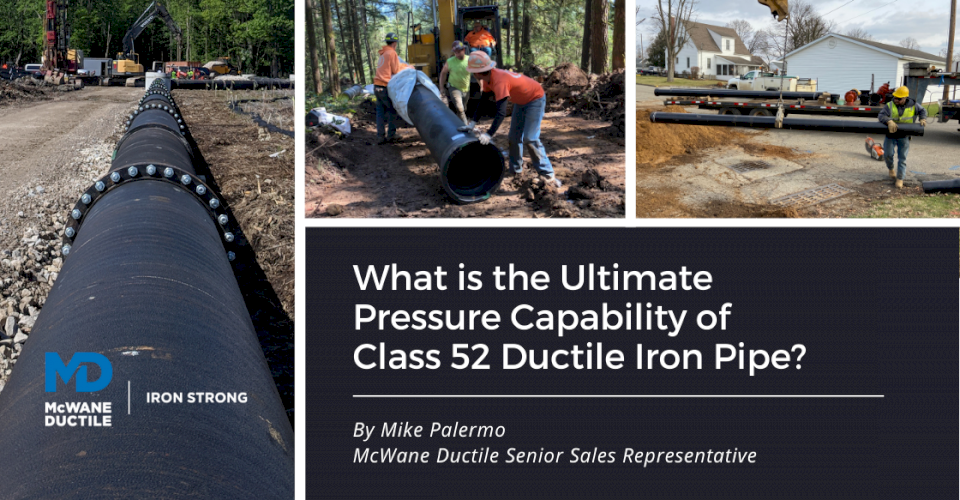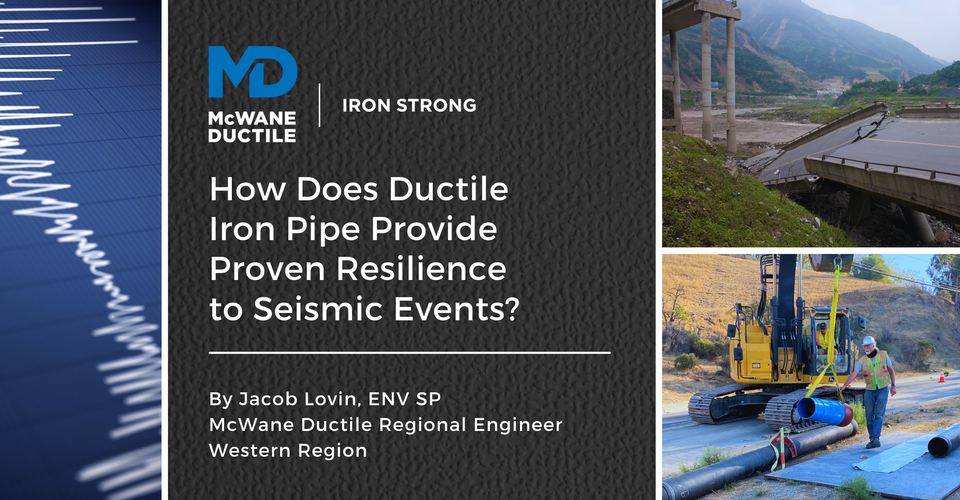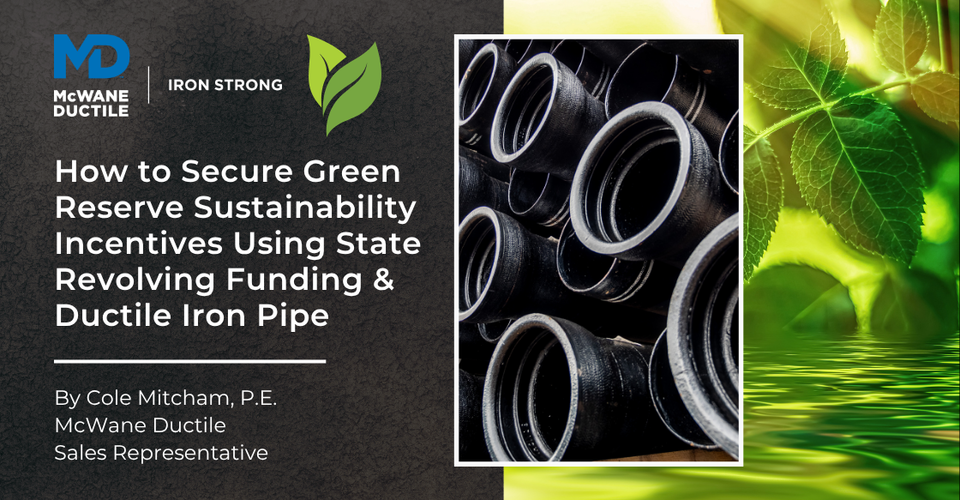-
The Smoking Gun: Thermal Degradation of Plastic Pipes Linked to Drinking Water Contamination
07/30/2021 In Environmental & Safety ProductsAs of October 2020, more than 47,000 wildfires have occurred across 36 U.S. states. Drought is a major factor, as a large portion of the West is currently experiencing the most severe level of drought, dubbed “exceptional drought” by the U.S. Drought Monitor. Humans cause the majority of wildfires with negligence such as unattended campfires, discarded cigarettes or arson, followed by natural causes such as unusually long-lasting hot lightning bolts. (U.S. Drought Monitor, 2012)
-
Do You Have an Iron Deficiency? Considering Health Effects in Pipe Material Selection
08/13/2020 In Environmental & Safety ProductsWe in the United States are most fortunate, for the most part, to have access to safe, clean drinking water. Even when traveling, we are not hesitant to draw water from a hotel faucet to brush our teeth or even fill a glass to drink. This privilege is no accident.
-
V-Bio® Vs. Regular Black Polyethylene Encasement – What’s The Difference?
12/30/2020 In Installation TechnicalPolyethylene Encasement (Polywrap) was first used in 1958 and has successfully protected millions of feet of both cast and Ductile iron pipe (DI pipe). It has been the most popular method of corrosion control for DI pipe throughout the years. Today, it is the most widely used method of protecting DI pipe in corrosive environments.
-
Customer Spotlight- City of Waukesha Water Supply Line - A Partnership in Planning
01/05/2024 In Our Company ProductsWith the turn of the calendar into a new year, many people have already started planning for the coming months. Whether planning that warm weather vacation to take a mental break from the snow and ice many of us are experiencing or planning our grocery list for the week ahead, good planning leads to successful outcomes. This preparation is also the case with water utility projects.
-
How Does Ductile Iron Pipe Increase Energy Savings for a Water Utility?
11/03/2022 In Products TechnicalApproximately 85% of a utility’s capital investment is underground. Since water and sewer infrastructure plays such a significant role in the total energy consumption of municipalities, more emphasis must be placed on energy savings when selecting pipe materials. This Iron Strong Blog will describe factors that affect energy cost at water utilities and how to save money.
-
What Are Some Common Misconceptions Associated with Ductile Iron Pipe?
12/04/2020 In Products TechnicalIn 1492, Christopher Columbus was shocked when his ship made landfall in a land Europeans had never explored. Along the way, he proved that Earth isn’t flat after all. Right?
Wrong: Despite a persistent legend, neither Columbus nor his Spanish patrons thought Earth was a finite plane instead of a round planet. That was thanks to scientists, philosophers, and mathematicians who, as early as around 600 B.C., made observations that Earth was round. Using calculations based on the sun's rise and fall, shadows, and other physical properties of the planet, Greek scholars like Pythagoras and Aristotle determined that the planet is actually a sphere.1
So, what’s the point of today’s history lesson? It often reminds me that there are numerous myths associated with Ductile iron pipe (DI pipe), and in this Iron Strong Blog, we’ll list some of those ideas, provide factual data, and discuss why they are simply misconceptions.
-
Why PVC is Inadequate for Fire Protection in Distribution Systems
10/31/2020 In Environmental & Safety product TechnicalToday, most water systems serve the public in two ways: by providing potable drinking water and enabling fire protection for the community. Fire protection provides more than just the obvious public safety benefits. It also enhances community property values and provides residents with lower home and property insurance rates.
-
How Does STEM Apply to Manufacturing Ductile Iron Pipe and Building Water Infrastructure?
11/08/2023 In Our Company Products TechnicalNovember 8 is National STEM/STEAM Day, highlighting the importance of Science, Technology, Engineering, Arts, and Mathematics in children’s education. The manufacturing of Ductile iron pipe (DI pipe) and constructing pipelines for water and wastewater infrastructure are complex processes that rely heavily on STEM principles. In this #IronStrong Blog, we will explore the intricate connections between these fields and their significance in ensuring safe and efficient water and wastewater management now and in the future.
-
What is a Water Loss Control Plan & What Importance Does Ductile Iron Pipe Play?
06/30/2023 In Products TechnicalMy local water utility recently contacted our home to inform us they were turning the water off from noon to 6:00 p.m. to repair a newly discovered water leak. This situation made me think about water loss, specifically how long the water line had been leaking, how many gallons of treated water was lost, and how a utility keeps up with water loss. This Iron Strong Blog describes the various components of a Water Loss Control Plan (WLCP) and the importance Ductile iron pipe (DI pipe) plays in an overall water management strategy.
-
What is the Ultimate Pressure Capability of Class 52 Ductile Iron Pipe?
05/21/2021 In Products TechnicalCast iron pipe was introduced to the United States in 1816. Since then, numerous other piping materials have been offered and utilized. None were able to supplant cast iron as the leading performer until Ductile iron pipe became available. The introduction of Ductile iron pipe (DI pipe) to the marketplace in 1955 remains among the most significant advancements in the history of the pressure pipe industry. It was quickly recognized as a pipe material with all the established durability of gray cast iron, yet with added strength and resiliency from its innate and lasting flexibility. It was first used for special and severe conditions of high pressure, such as where water hammer and excessive external loads might have existed.
Latest Posts
- Developing an Asset Management Plan for Your Future Utility or Engineering Organization 12/04/2025 In Comparisons Industry
- Can Joining Water Works Industry Organizations Help You Grow Professionally? 10/21/2025 In Careers WaterWorks
- How Does Ductile Iron Pipe Provide Proven Resilience to Seismic Events? 09/04/2025 In Products Resiliency Technical
- How to Secure Green Reserve Sustainability Incentives Using State Revolving Funding & Ductile Iron Pipe 07/29/2025 In Energy Products Technical

